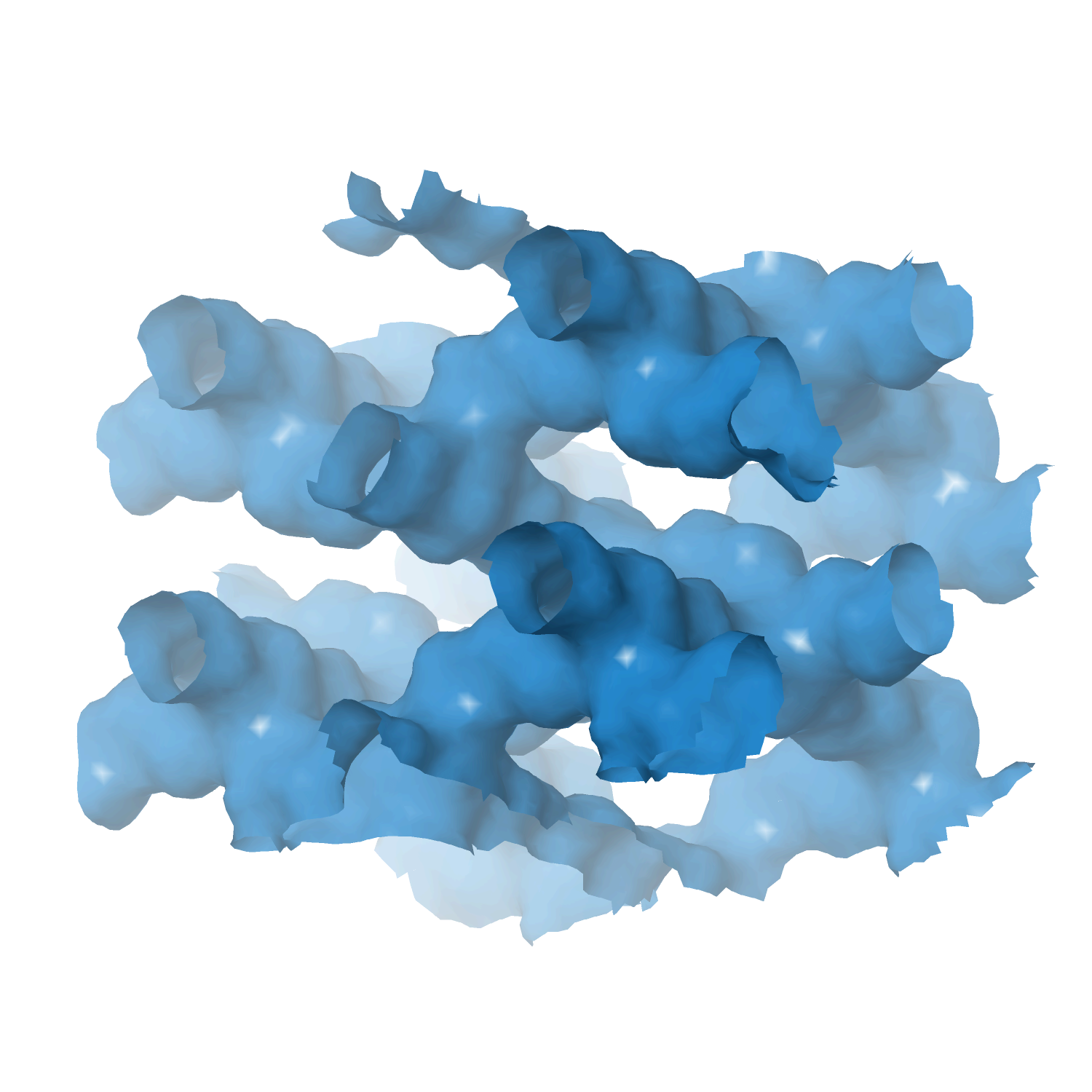Heterogeneous catalyst engineering ⇒ from stable and deactivation resistant to viable technical catalyst
Advances in heterogeneous catalyst “structure” are driven to improve their “function” or performance, i.e., activity, selectivity, and stability. Cooperative research is required to understand the structure and function relationships: developing new synthesis protocols for heterogeneous catalysts with unique surface properties, defined porosity, identification and understanding of catalytically active sites, reaction mechanisms, and finally, prediction and analysis of the processes using various computational tools.
Our group focuses on developing new catalyst formulations using innovative synthesis routes for various important heterogeneous catalysts. That includes thermal, electro, and bio-electro catalysis.
The active phase cannot be used directly in its final application or reactor for various reasons, including poor mechanical resistance, heat or mass transport, and fluidization features. We must mix the active phase with other ingredients in a matrix of binder and filler, while we shape it into a technical catalyst. We investigate new synthetic protocols for technical catalysis using spray drying and fluidized beds to cover the whole range of sizes. At the same time, we incorporate additional (unconventional) ingredients such as SiC to improve some features even further.
- Technical catalyst I ⇒ spray drying and extrusion
- Technical catalyst II ⇒ spray fluidized bed reactor
- Technical catalyst III ⇒ electrospinning
- Zeolite catalysts ⇒ with defined structure/porosity
- Multi-metal (high entropy) alloy catalysts
- MXene catalysts ⇒ single and multi-dimensional
- Perovskite catalysts
- Metal-organic framework (MOFs) catalysts
- Supported metal/metal-oxide catalysts
- Aerogel catalyst
Post-Synthetic Surface Modification of Metal–Organic Frameworks and Their Potential Applications
by
Figueroa-Quintero, Villalgordo-Hernández, Delgado-Marín, Narciso, Velisoju, Castaño, Gascon, Ramos-Fernandez
Small Methods
Year:
2023
DOI:
https://doi.org/10.1002/smtd.202201413
Abstract
Metal–organic frameworks (MOFs) are porous hybrid materials with countless potential applications. Most of these rely on their porous structure, tunable composition, and the possibility of incorporating and expanding their functions. Although functionalization of the inner surface of MOF crystals has received considerable attention in recent years, methods to functionalize selectively the outer crystal surface of MOFs are developed to a lesser extent, despite their importance. This article summarizes different types of post-synthetic modifications and possible applications of modified materials such as: catalysis, adsorption, drug delivery, mixed matrix membranes, and stabilization of porous liquids.
Keywords
OLG
CO2
CHA
HCE
